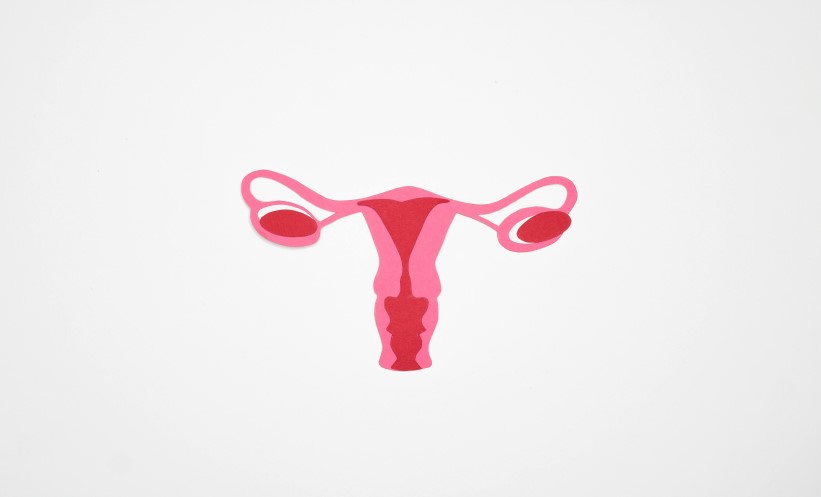RESEARCH has discovered that as neighbourhood poverty levels increase, the ovarian reserve lowers progressively in females. Younger females who faced exposure to medium and high poverty levels were found to have higher anti-Müllerian hormones than those experiencing low poverty. Over time, anti-Müllerian hormone levels lead to greater ovarian follicle loss.
The research team, based at the University of Washington, Seattle, USA, used data from the community-based, cross-sectional Ovarian Aging Study (OVA). Individuals who had received a single in-person research visit between 2006–2011 were included. Researchers used this data to evaluate levels of aggregate poverty exposure in neighbourhoods, and compared this to ovarian reserve biomarkers. The interaction between poverty exposure and age were used to determine declines in antral follicle count and anti-Müllerian hormones. Factors used in analysing the poverty levels of entire neighbourhoods were linking adult residential addresses to data collected from the USA’s census, and geocoding.
In total, 1,018 healthy, premenopausal females were included (mean age: 35.2 years; no college education: 42.5%; annual household income <75,000 USD: 68.3%). Researchers found anti-Müllerian hormone values to be 3.2 ng/mL, and antral follicular count values of 15.1. In this cohort, 17.5% of families on average lived below the poverty line.
Over time, females exposed to low, medium, and high levels of neighbourhood-based poverty had steady reductions in their ovarian reserve. Associations found between anti-Müllerian hormones and age of participants varied (P<0.0500). Older age was associated with lower anti-Müllerian hormone values (P<0.0001). Females aged 25 years exposed to high (P<0.0100) and medium (P<0.0500) poverty levels had higher anti-Müllerian levels; at the age of 35, higher levels of neighbourhood poverty were associated with lower hormone levels, but this was not of statistical significance. No significant variation was found regarding the effect of age on antral follicle count when related to poverty exposure.
Lead study author Anwesha Pan, University of Washington, stated: “Growing evidence shows that neighbourhood-level disadvantage has detrimental impacts on women’s health more generally, possibly through health-related behaviours, resource availability, and environmental toxicants.” Pan stressed that although these factors have a high impact on reproductive health, few studies have explored the links between ovarian reserve and socioeconomic status on a neighbourhood-wide level to date. Researchers hope that longitudinal study designs will be performed in future on the potential reproductive impact of neighbourhood factors.








